What Is Rib Knit? Texture, Stretch And Uses Explained
Rib knit is a special type of fabric. It’s made with a knitting pattern that creates lines you can see going up and down. These lines are called ‘ribs’. The most important thing to know about rib knit is that it’s very stretchy, especially from side to side.
This guide explores the distinct look and feel of rib knit fabric, from its signature vertical lines to its exceptional stretch. We’ll cover how it’s made, its key benefits, and its common applications in clothing.
By the end, you’ll have a better understanding of your wardrobe and be able to make more informed fabric choices.
1. What does rib knit look like and feel like?
Rib knit fabric is easy to recognize once you see it and feel it. It has a special look, a particular feel, and a lot of stretch that makes it different from other fabrics.
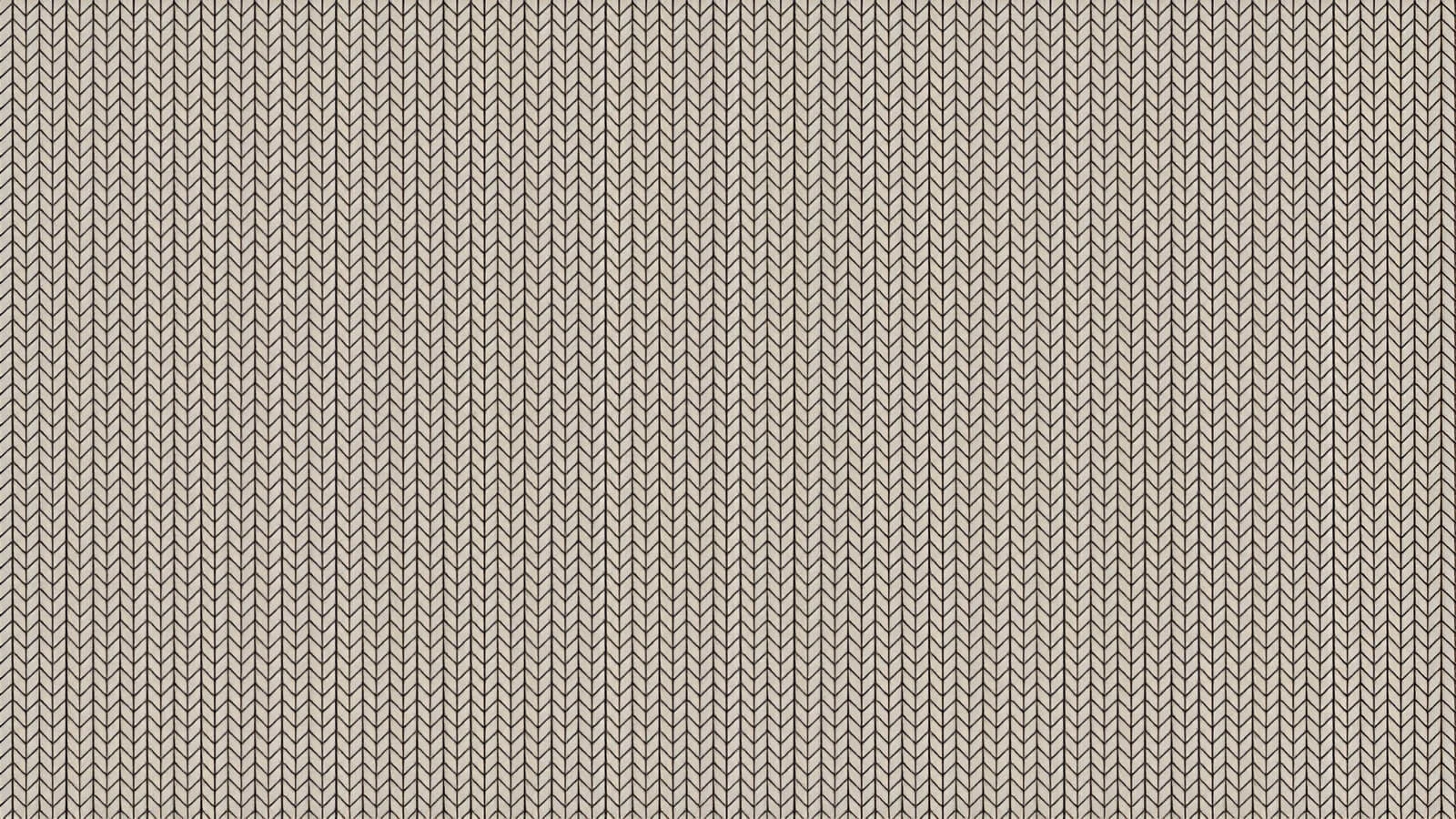
1.1. The look: Visible lines
Visually, rib knit is defined by the first thing you will see are lines. These lines go up and down the fabric. These are the ‘ribs’ (visible lines in knitted fabric). Fabric experts sometimes call these lines ‘wales’, but ‘ribs’ is easier to remember. These ribs are made by the special way the yarn is looped when the fabric is knitted.
The ribs can look different. Sometimes the lines are very thin and close together. Other times, the lines are wider and look more like small ridges. For example, some t-shirt collars have fine ribs, while some sweaters have thicker, chunkier ribs.
Usually, you can see these ribs on both sides of the fabric. One side might show them a bit more clearly, but the pattern of lines is there on the front and the back.
1.2. The feel: Soft and textured
To the touch, rib knit presents a texture from the ribs. It’s not a completely flat and smooth fabric like some plain t-shirts. You can feel the little raised lines with your fingers.
Most rib knit fabrics feel soft. How soft it is can change based on the material used to make it. For example, rib knit made from cotton usually feels very soft and natural. If it’s made with wool, it might feel a bit different and warmer, but still textured.
1.3. The stretch: Very elastic
A key characteristic of rib knit is its exceptional elasticity. This is one of the main reasons people like it so much. It stretches a lot from side to side (this is called widthwise stretch). If you take the sides of the fabric and pull them apart, it will expand easily.
It does not stretch as much up and down (lengthwise). And, very importantly, after you stretch rib knit, it usually goes back to its original shape very well. This is called good ‘recovery’ or ‘elasticity’.
This means it doesn’t easily get stretched out and stay saggy. This great stretch and recovery is why rib knit is used for parts of clothes like t-shirt collars or the cuffs at the end of sleeves.
These parts need to stretch to go over your head or hands, and then fit nicely without being too loose.
2. How is rib knit made?
It’s interesting to know a little about how rib knit fabric is made. This helps us understand why it looks and stretches the way it does. It’s all about a special way of looping yarns together.
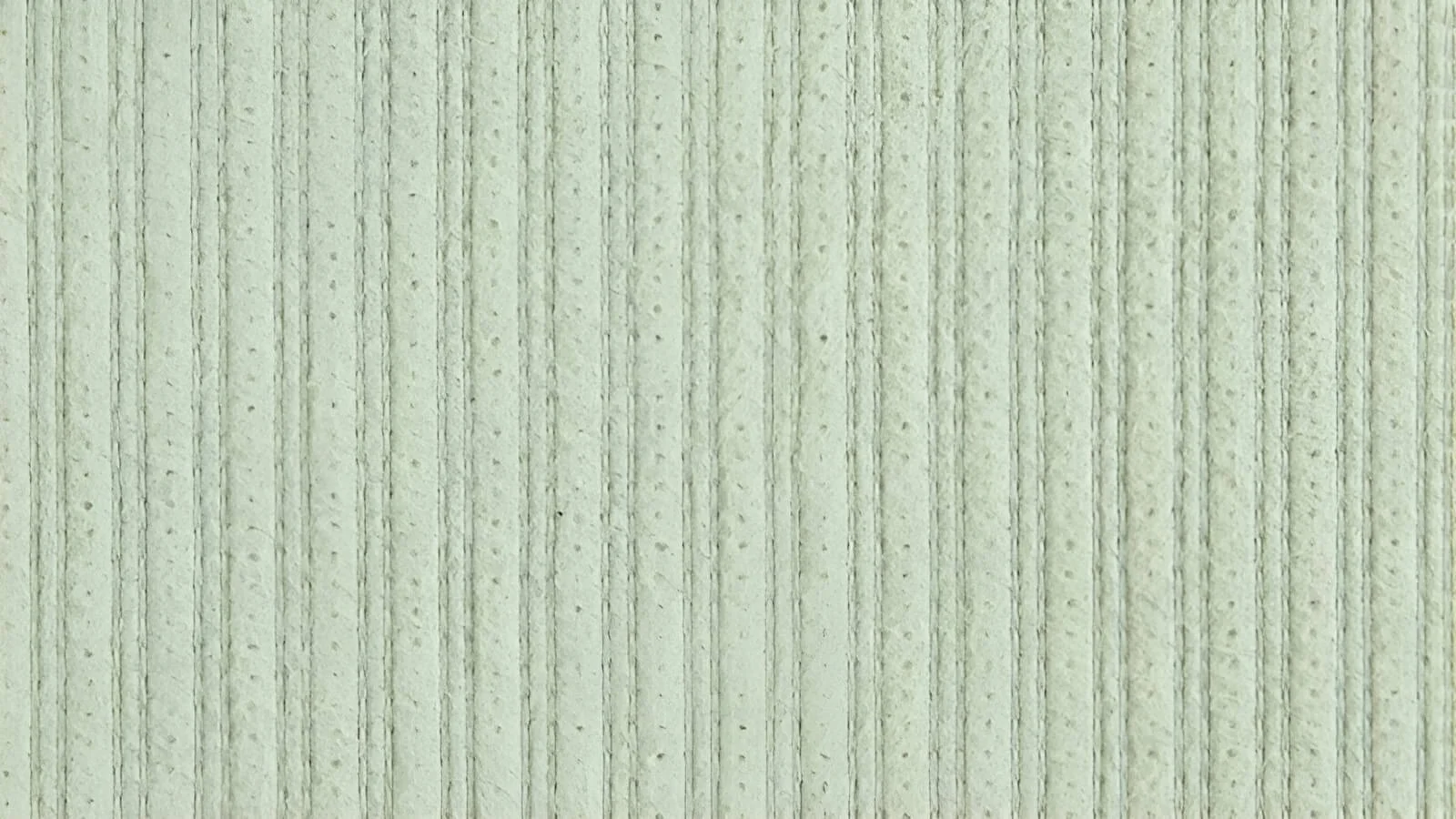
2.1. Knitting basics
All knit fabrics, including rib knit, are made by making loops with yarn. Imagine you have one long string of yarn. You make a loop, then you make another loop and pull it through the first loop.
You keep doing this, making rows of connected loops. These loops are all linked together. This is what makes knit fabrics stretchy – the loops can move and change shape a bit.
2.2. The rib knit pattern
To make rib knit, two basic kinds of stitches are used. They are called ‘knit stitches’ (loops that look like ‘V’s on the fabric face) and ‘purl stitches’ (loops that look like bumps or horizontal lines on the fabric face).
On the side of the fabric you usually look at (the ‘face’), knit stitches look like little ‘V’ shapes. Purl stitches, on that same side, look more like little bumps or horizontal lines.
Rib knit is made when the knitting machine changes between columns of knit stitches and columns of purl stitches. For example, it might make a line of ‘V’s going down, then next to it a line of bumps going down, then another line of ‘V’s, and so on.
The columns of knit stitches (the ‘V’s) tend to stand out a bit. These form the raised ‘ribs’ that you see and feel. The columns of purl stitches (the bumps) tend to go inwards a bit.
These form the spaces or valleys between the ribs. This pattern of high and low columns is what gives rib knit its special up-and-down texture.
2.3. Common types
A common type is the 1×1 rib, where the pattern simply alternates one knit stitch with one purl stitch. This creates fine, evenly spaced ribs. This means the machine knits one knit stitch, then one purl stitch, then one knit stitch, and repeats this pattern.
This makes ribs that are fine (not very wide) and are spaced evenly. 1×1 rib often looks almost the same on both sides of the fabric.
Another popular variant is the 2×2 rib, which features two knit stitches followed by two purl stitches. This results in wider, more prominent ribs.
In this type, the machine knits two knit stitches, then two purl stitches, and repeats. This makes wider ribs and wider spaces between them. The texture of 2×2 rib is usually more noticeable than 1×1 rib.
These different patterns (like 1×1 or 2×2) change how the fabric looks, how wide the ribs are, and sometimes even how stretchy it feels.
There are other patterns too, like ‘3×1 rib’ or ‘2×1 rib’, which make different looking ribs. But 1×1 and 2×2 are the types you will see most often.
3. Key features and benefits of rib knit fabric
Rib knit fabric isn’t just interesting to look at and feel; it has many good qualities. These qualities are why it’s a popular choice for lots of different clothes. Let’s look at the main benefits of using rib knit.
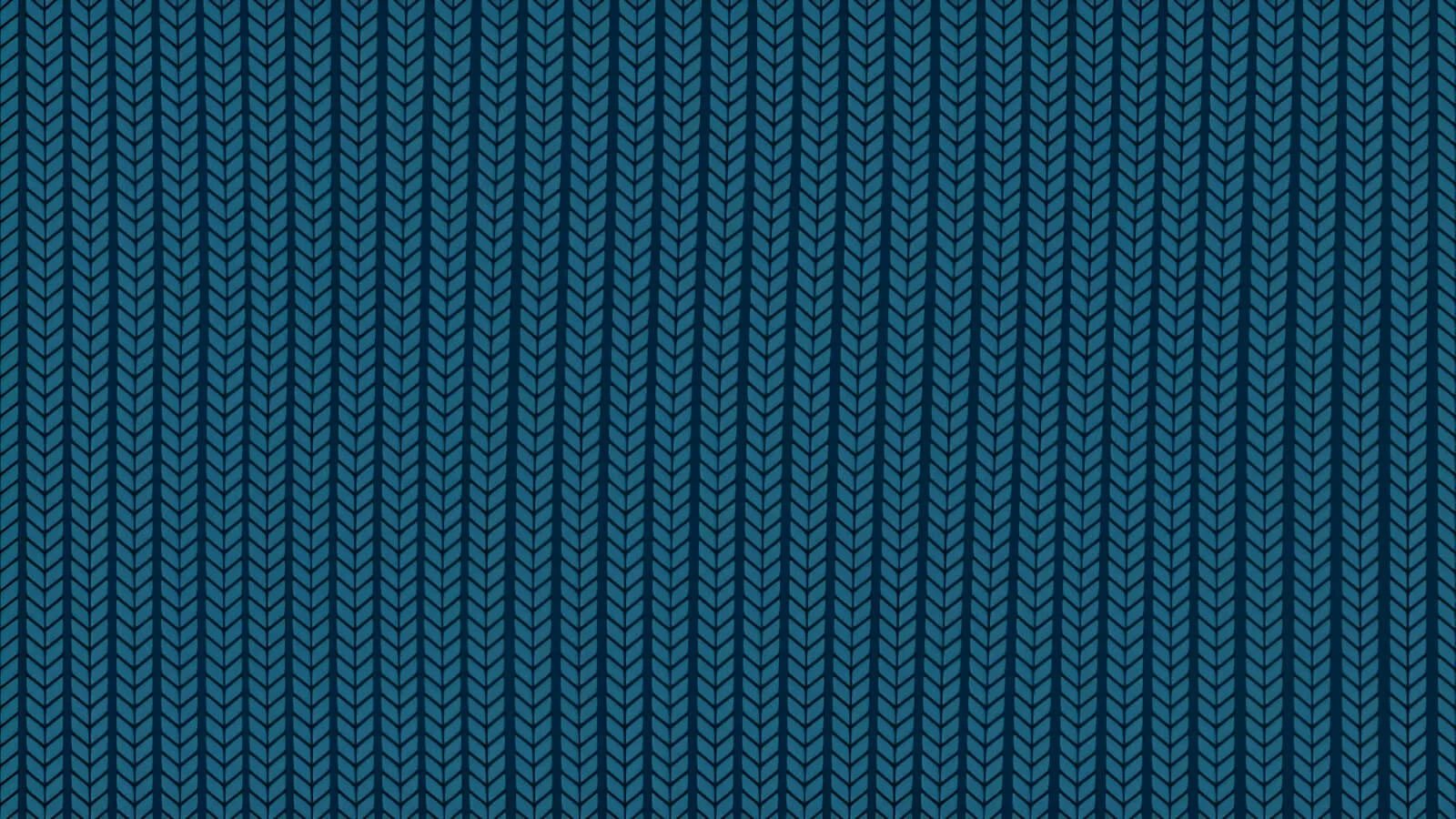
3.1. Excellent stretch and recovery
The fabric’s most notable feature is its excellent stretch and recovery. It stretches very, very well, especially from side to side. This makes clothes made from rib knit really comfortable because they move easily with your body.
Just as important is that it ‘snaps back’ or returns to its original shape after you stretch it. This is called good ‘recovery’ or good ‘memory’. It means your rib knit clothes are less likely to get stretched out and become baggy over time.
Think about the collar of a t-shirt or the cuffs on a sweater. They need to stretch so you can put the shirt on over your head or get your hands through the sleeves.
But then, they need to fit nicely and not be loose. Rib knit is perfect for this because of its stretch and recovery.
3.2. Good drape
The word ‘drape’ (how fabric hangs or falls) in fabrics means how the fabric hangs or falls. If a fabric has good drape, it flows nicely and doesn’t look stiff. Rib knits often have a good drape.
This means they can hang softly. If the rib knit is lightweight, it might cling gently to the body’s shape, which is nice for fitted tops or dresses.
If it’s a bit heavier, it will still hang well without being rigid. Generally, rib knit is not a stiff fabric that sticks out awkwardly. It usually follows the curves of what it’s on.
3.3. Texture and appearance
The lines, or ribs, that you see on rib knit fabric give it a special look and surface interest. This texture makes clothes look more interesting, even if the fabric is just one solid color.
This built-in texture can be a design feature all by itself. It can make a simple t-shirt look a bit more stylish or a plain sweater feel cozier and look more detailed.
The texture can be very fine and delicate, almost like tiny, subtle stripes. Or, it can be more chunky and bold, which you often see in casual clothes or sporty sweaters.
3.4. Warmth
Rib knit fabrics can also help keep you warm. The way the ribs are made can create little pockets in the fabric. These pockets can trap air, and trapped air acts like insulation, helping to keep warmth in.
How warm a rib knit fabric actually is depends a lot on two things: the material it’s made from (the fiber) and how thick or dense the fabric is.
For example, a rib knit sweater made from wool will be much warmer than a thin rib knit t-shirt made from cotton. So, while rib knit can be warm, this isn’t always the main reason it’s chosen for a piece of clothing, unless it’s a thick, woolly rib knit meant for cold weather.
4. What is rib knit used for? Common examples
Because rib knit has such great stretch and feels comfortable, it’s used in many different kinds of clothes and also for parts of clothes. Let’s look at some common places where you’ll find rib knit.
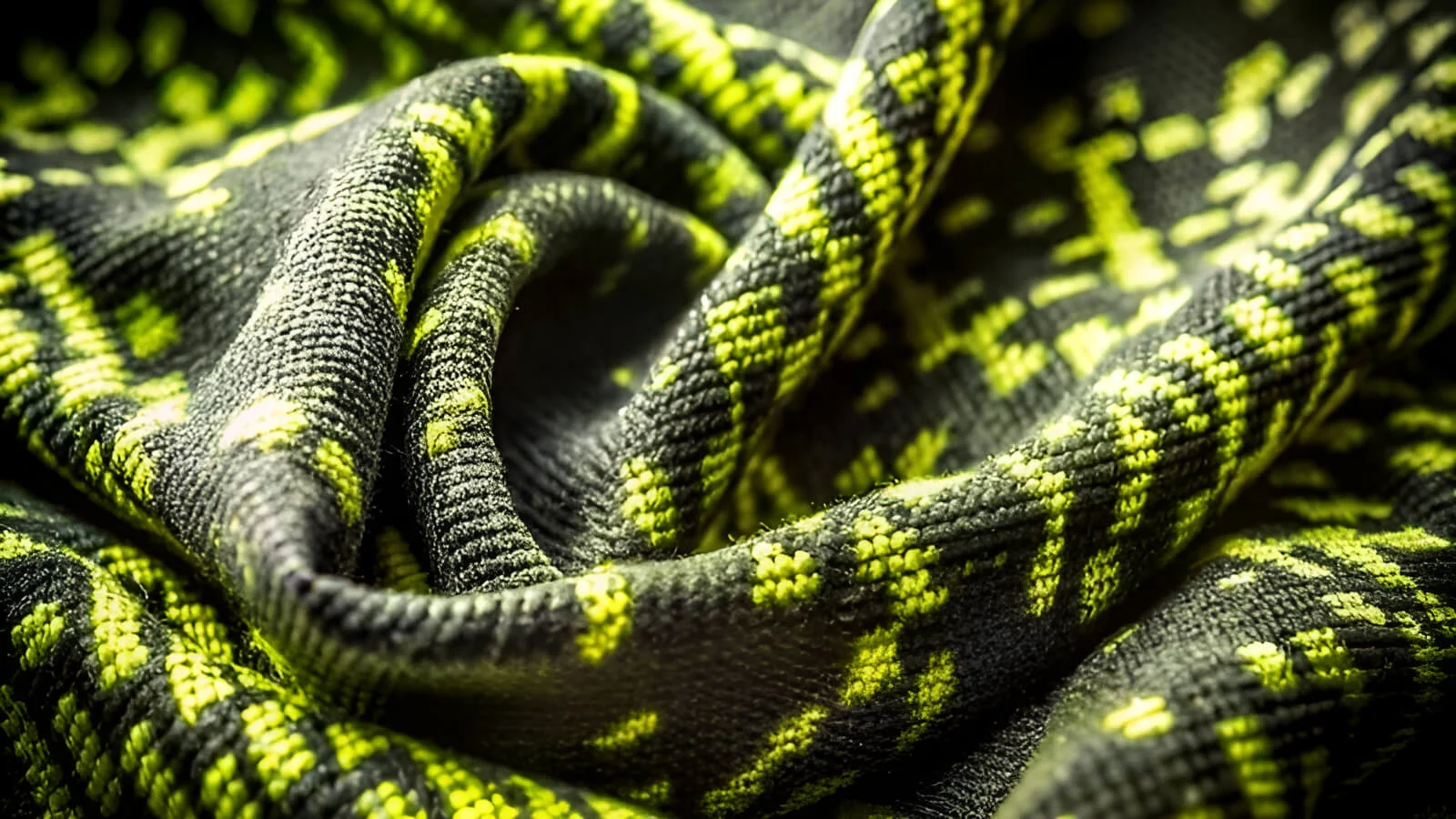
4.1. Cuffs, collars, and hems
This is one of the most popular ways rib knit is used. You will find it on the edges of many garments to finish them neatly and make them fit well.
- Sleeve cuffs: At the end of sleeves on sweatshirts, jackets, long-sleeve t-shirts, and sweaters. The rib knit cuff fits snugly around your wrists.
- Collars: Around the neck opening of t-shirts (like crew necks and V-necks), polo shirts, and some sweaters.
- Waistbands and hems: At the bottom edge of sweaters, jackets, and on the waistband of sweatpants or some skirts. This helps them fit well around your waist or hips.
Why is rib knit so good for these parts? Because it stretches easily to let you put the garment on (like pulling a t-shirt over your head or hands through cuffs).
Then, it gently hugs your body for a neat, comfortable fit. It also helps these areas keep their shape and stops them from stretching out too much over time.
4.2. Stretchy clothing
Rib knit isn’t just for the edges of clothes; it’s often used for the whole main body of garments, especially when clothes need to be stretchy, form-fitting, or just very comfortable.
- Tops: Many fitted t-shirts, tank tops, camisoles, and bodysuits (especially for women and girls) are made from rib knit. It creates a close fit that moves with you.
- Baby and children’s clothes: You will see rib knit used a lot for baby onesies (bodysuits), sleepwear, and leggings. The stretch makes it easy to dress babies and is comfortable for active children.
- Pajamas and loungewear: For that cozy, super comfortable feel when you are relaxing at home, rib knit is a great choice.
- Activewear and sportswear: Sometimes used for items like leggings, sports tops, or as stretchy panels in athletic jackets to allow for more movement.
In all these clothes, rib knit is chosen because it provides comfort, allows people to move freely, and often gives a nice, body-hugging shape without feeling too tight.
4.3. Other uses
Besides full clothing items and trims, rib knit also appears in some other everyday items.
- Socks: The top band of many socks (the part that goes around your leg) is made from rib knit. This helps the socks stay up without being too tight.
- Hats: Many knitted hats, like beanies, use rib knit (or a very similar ribbed pattern). The stretch helps the hat fit snugly and comfortably on different head sizes.
- Accessories: You might also find rib knit used as a stretchy trim on bags, or even in some soft home items where a bit of stretch and texture is desired.
Basically, anywhere you need a fabric that can stretch well, fit closely but comfortably, and go back to its shape, rib knit is a very good option to consider.
5. Materials used to make rib knit
It’s good to remember that ‘rib knit’ tells us how the fabric is knitted (its structure with ribs). It doesn’t tell us what material the yarn is made from. Rib knit can actually be made from many different types of fibers (materials).
- Cotton: This is very common. Cotton rib knits are soft, breathable (let air pass through), and comfortable. They are great for t-shirts, baby clothes, and everyday wear. You might also hear about organic rib knit options, which are made from organic cotton.
- Polyester: This is a man-made fiber. Polyester rib knits are durable (strong and long-lasting) and often used in activewear because they can dry quickly. Sometimes polyester is blended with cotton.
- Spandex (also called Lycra or elastane): This is a fiber that is extremely stretchy. Usually, only a small amount of spandex (typically 2-5%) is blended with other fibers like cotton or polyester to create a ‘cotton-spandex blend’. This enhances the fabric’s stretch and recovery significantly. This small amount of spandex gives the rib knit extra, super stretch and helps it snap back to shape perfectly.
- Wool: Wool rib knits are warm. They are used for sweaters, winter hats, and warm cuffs on coats.
- Rayon (or Viscose): These fibers make rib knits that are very soft and have a nice, flowing drape. They are often used for fashionable tops and dresses.
The type of fiber used to make the rib knit will change how the final fabric feels, how warm it is, how you should wash and care for it, and how it performs when you wear it.
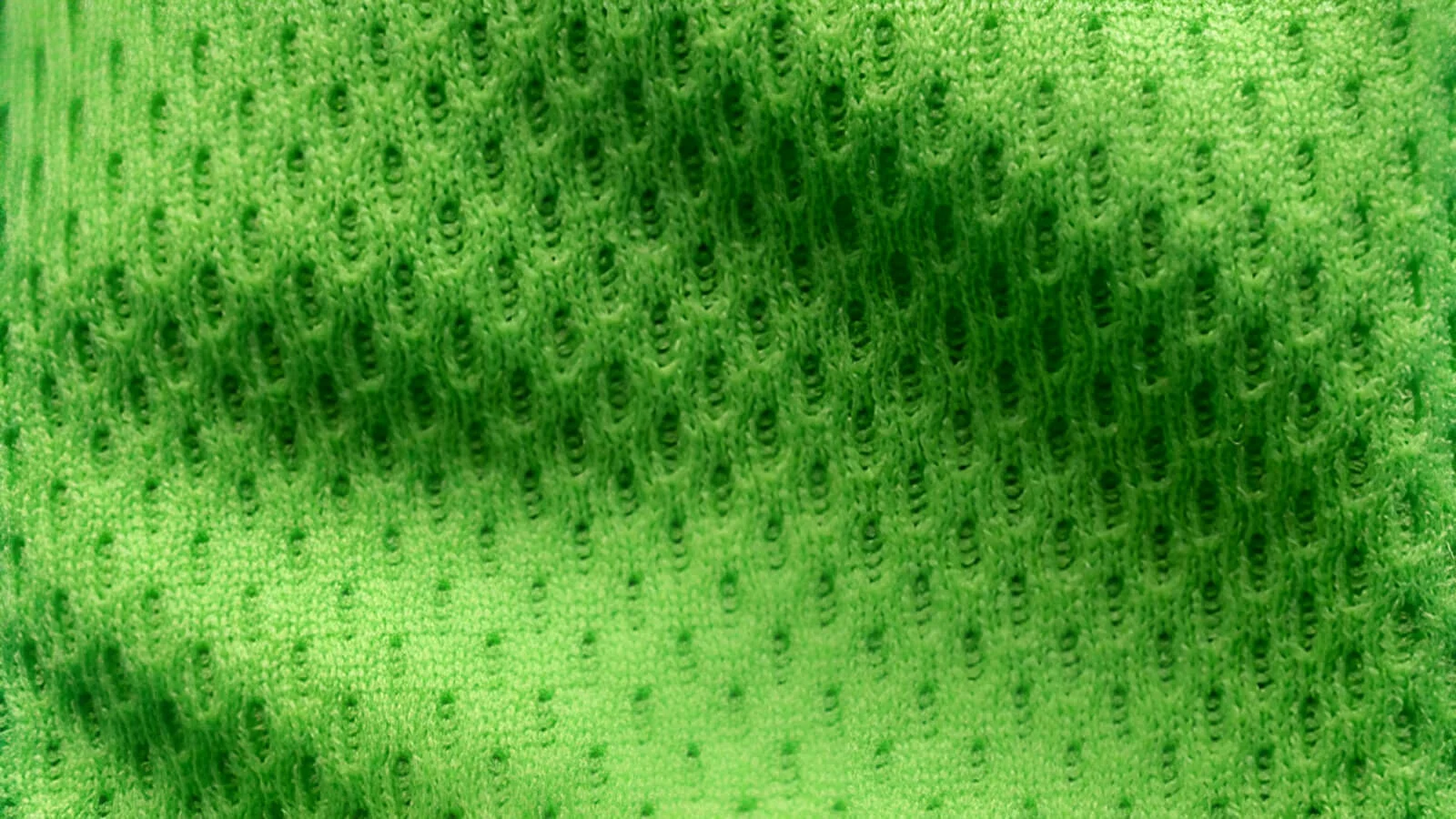
6. Caring for rib knit garments
The very first and most important tip for caring for any rib knit clothing is to always check the care label! This label is usually sewn inside the garment. It tells you exactly how the manufacturer recommends washing and drying that specific item, based on the fibers it’s made from. Here are some general tips that often apply to rib knits:
- Washing water temperature: Often, washing rib knits in cool or lukewarm water is gentler on the fabric. Hot water can sometimes cause certain fibers (like cotton or wool) to shrink or can damage stretchy fibers like spandex over time.
- Washing machine cycle: If you use a washing machine, choosing a ‘gentle’ or ‘delicate’ cycle can help protect the fabric’s structure and prevent too much stretching.
- Avoid harsh twisting: Try not to wring or twist rib knit garments too hard when they are wet. This can pull the ribs out of shape.
- Drying method: Laying rib knit items flat to dry is often the best way. This is especially true for heavier rib knits (like sweaters) or those made mostly from natural fibers like cotton or wool. Hanging these types of rib knits when they are wet and heavy can sometimes cause them to stretch downwards and lose their shape. Lighter rib knit items might be okay to hang dry if the care label says so.
This is why having a clear and easy-to-read care label on your rib knit clothing is so helpful. It takes the guesswork out of laundry!
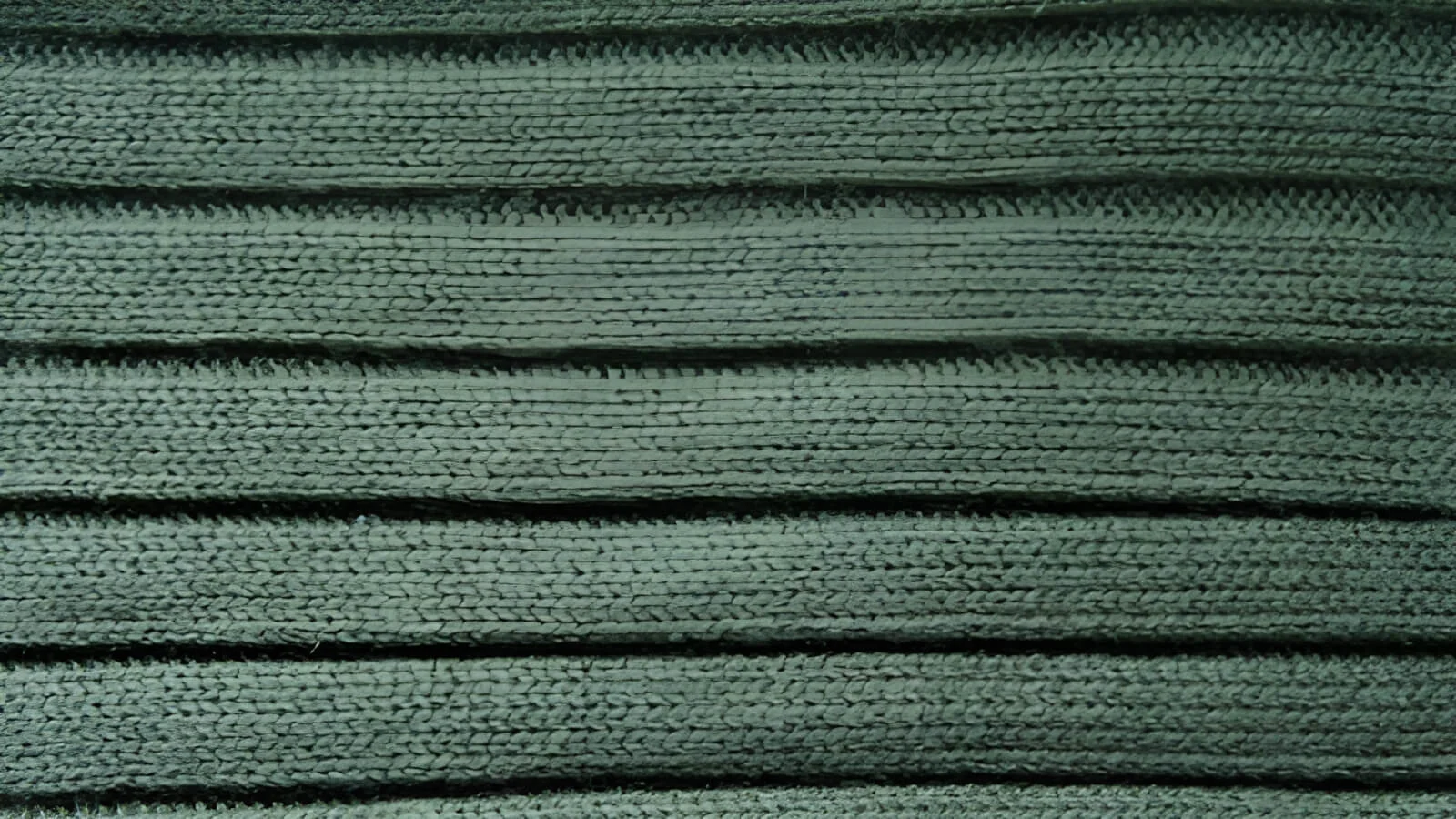
7. Branding and labeling rib knit items
If you make or sell clothes that use rib knit fabric, thinking about how you brand them with labels is very important. Because rib knit is so stretchy, the wrong kind of label can cause problems for the look and feel of your garment.
7.1. Why label choice matters
As we know, rib knit fabric stretches a lot. If you sew a label onto it that is stiff or doesn’t stretch along with the fabric, it can lead to a few issues:
- Puckering: The fabric around the label might bunch up or look wrinkled when the garment is worn and the rib knit stretches. This doesn’t look good.
- Discomfort: A stiff or poorly placed label can feel scratchy or irritating against the skin. This is especially true for clothes that fit closely to the body, like tank tops, bodysuits, or baby clothes.
- Damage: In some cases, if a stiff label constantly pulls against the stretchy fabric, it could even tear the fabric over time, especially at the corners where the label is stitched.
So, the brand label itself needs to be very flexible and soft, or it needs to be applied to the garment in a smart way that allows the rib knit fabric to move and stretch freely without any problems
7.2. Suitable label options
Heat transfer labels (tagless labels):
These are an excellent choice for rib knit garments. Heat transfer labels are applied using heat and become like a soft print directly onto the fabric.
This means they stretch perfectly with the rib knit – no stiffness at all! They have no seams, so they won’t feel scratchy. They are fantastic for t-shirts, activewear, baby clothes, loungewear, and any clothing worn close to the skin.
Soft woven labels:
Traditional woven labels, created by weaving fine threads together, can also be an excellent choice with rib knit, especially if you choose a softer weave, like a high-density damask. The key is also how they are applied (sewn on). For example, sewing them into a side seam, or using a ‘loop fold’ label (which is folded and sewn into a seam), often works much better than sewing a flat label directly across an area of the rib knit that stretches a lot.
Soft printed labels, made from materials like satin or thin cotton, can also be a good option. Like woven labels, they need to be flexible and sewn in carefully, often in a seam, to work well with rib knit’s stretch
7.3. Tag placement
Where you actually put the label on a rib knit garment also makes a difference. Good placement can help prevent any irritation for the wearer and stop the label from interfering with how the fabric stretches.
- Side seams: This is often a very good spot for sewn-in labels (like woven or printed fabric labels). The label is tucked away and less likely to rub against the skin or get in the way of the stretch across the main body of the garment.
- Inside neck (especially for heat transfers): Heat transfer labels are perfect for the inside back neck area. Because they are flat and soft, they won’t irritate the neck.
- On a neck facing (if the garment has one): Some garments have an extra piece of fabric (called a ‘facing’) sewn inside the neckline. Labels can sometimes be sewn onto this facing.
- Use hang tags for extra info: For brand information that doesn’t need to be permanently attached to the garment itself (like the price, story, or detailed care if not on a permanent label), it’s best to use a hang tag. This avoids any potential issues with stretch or comfort on the garment.
Whether you need tagless heat transfers or soft woven labels, we provide specialized solutions to perfect your knitwear products.
8. Quick comparison: Rib knit vs. other knits
To help you understand rib knit even better, let’s quickly compare it to another very common knit fabric that you probably know: jersey knit (a common, usually flat-faced knit fabric used for t-shirts). Jersey knit is the fabric often used for standard, basic t-shirts.
Look:
- Jersey knit: When you look at the front side of jersey knit, it usually looks flat and smooth. You’ll see tiny ‘V’ stitches if you look very closely. The back side of jersey knit looks different; it usually has more horizontal bumps (these are called purl stitches on the back).
- Rib knit: Rib knit, as we’ve learned, has visible vertical lines (the ribs) on both sides of the fabric. The front and back of rib knit often look very similar, or at least the ribbed pattern is clear on both sides.
Stretch:
- Jersey knit: Jersey knit usually stretches well, often more in one direction (side to side, or widthwise) than the other.
- Rib knit: Rib knit generally has more stretch from side to side (crosswise) than jersey knit. Also, rib knit often ‘snaps back’ into its original shape even better than jersey (it has better recovery or elasticity).
The main things to remember that make rib knit different are its visible ribs on both sides and its excellent side-to-side stretch and recovery.
Explore more:
These qualities make rib knit incredibly versatile. It’s used for all sorts of clothing items – from essential details like the cuffs and collars on many types of clothes, to being the main fabric for entire garments like comfy tops, cozy sweaters, practical baby clothes, and much more.
Rib knit offers a wonderful combination of comfort, a good fit, and an interesting texture. It’s a fabric that generally feels good to wear and helps clothes keep their shape well, wash after wash.
Its unique properties make it a go-to choice for clothing designers who want both performance and style in their garments, and it’s a long-time favorite for people who love comfortable, easy-to-wear clothing for everyday life.
Ready to perfect your apparel branding? Explore Packlove.com for more expert insights on fabrics, labeling, and creating products your customers will love.






















